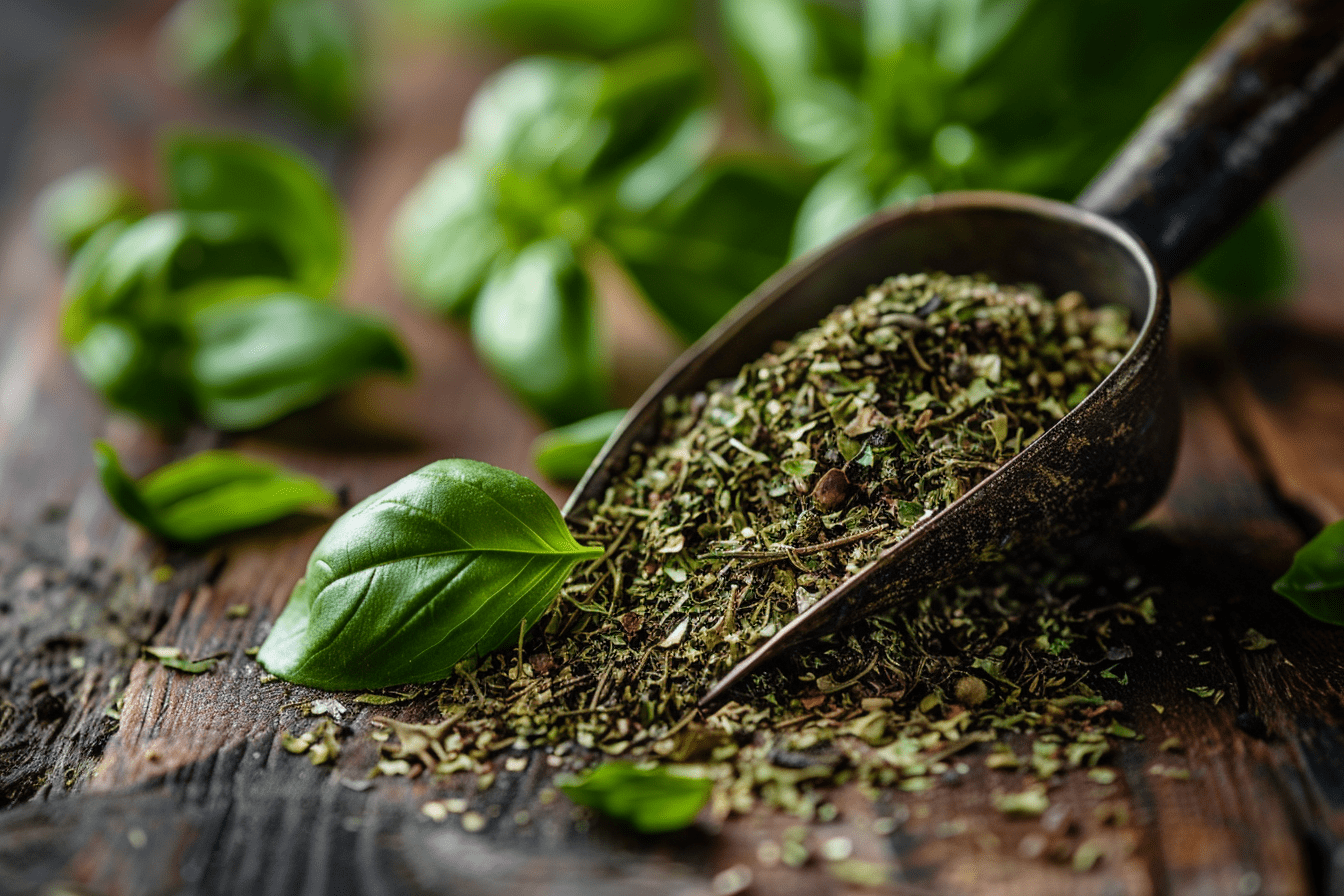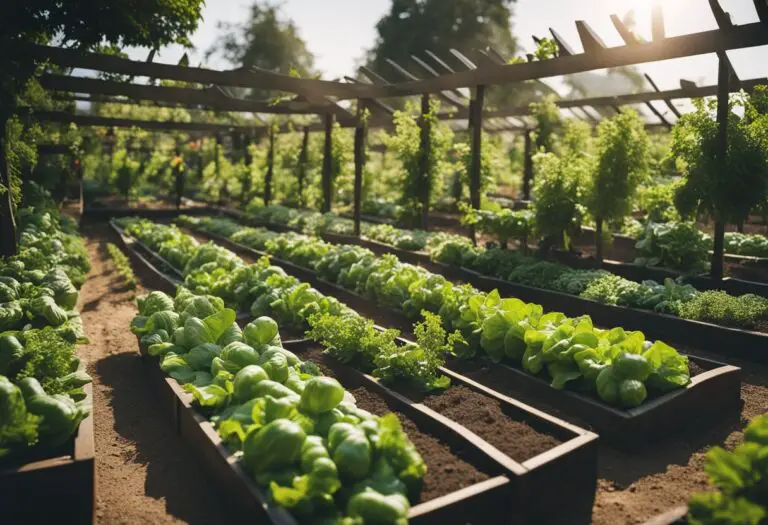How to Dry Basil Leaves: Quick & Easy Methods
To dry basil leaves, wash and pat them dry, then air-dry or use a dehydrator. Store in an airtight container.
Drying basil leaves preserves their flavor for future use. Fresh basil is a staple in many kitchens, adding vibrant flavor to dishes.
Drying basil allows you to keep this herb on hand year-round. It’s a simple process that involves washing, drying, and storing the leaves.
Properly dried basil retains its essential oils, ensuring your dishes stay aromatic. Use dried basil in sauces, soups, and marinades for an extra burst of flavor.
Whether you’re an avid gardener or a cooking enthusiast, drying basil is a practical skill. Enjoy your culinary creations with the rich taste of home-dried basil.
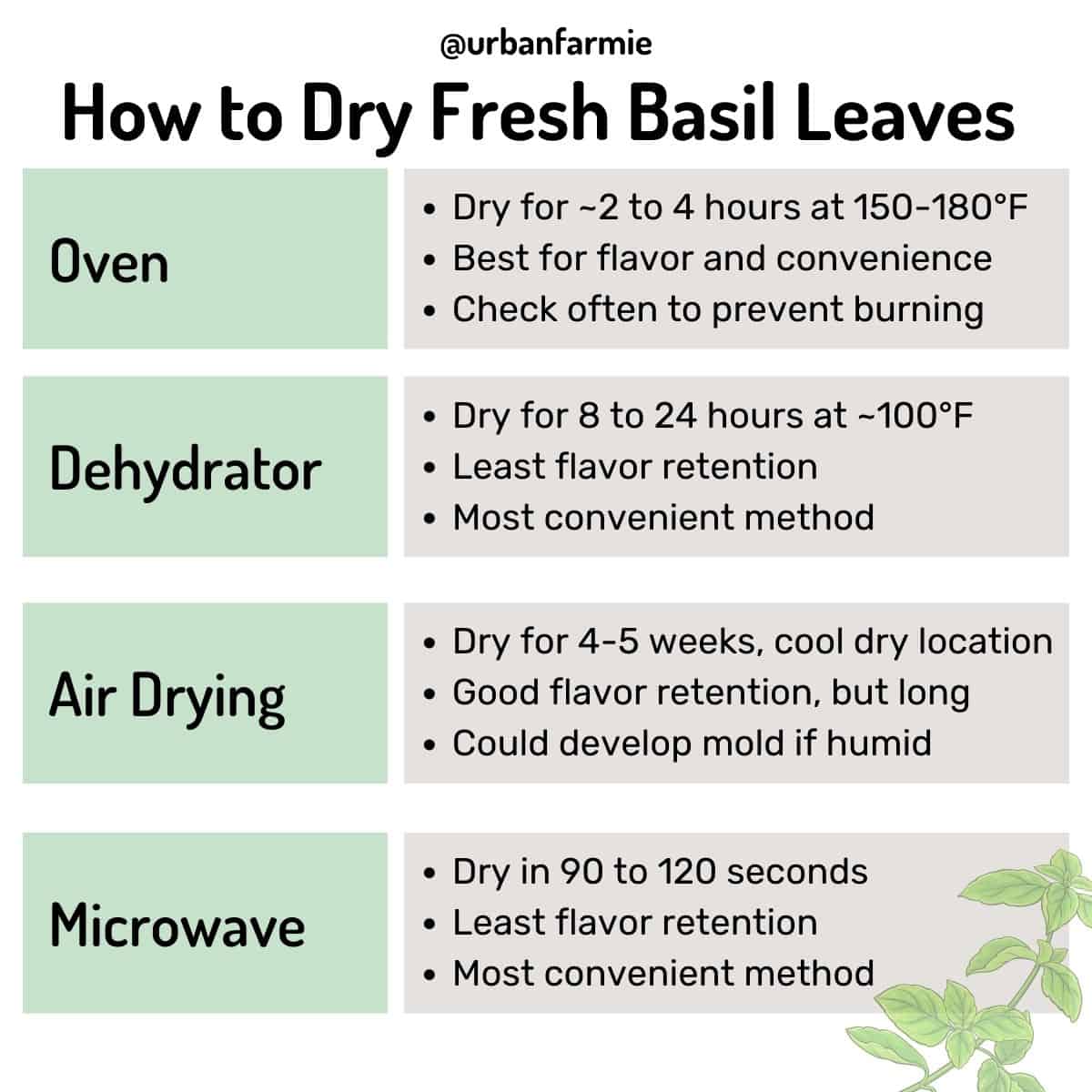
Why Dry Basil Leaves
Basil is a beloved herb in many kitchens. Fresh basil leaves add a burst of flavor to various dishes. But sometimes, you have more basil than you can use.
Drying basil leaves is a fantastic way to preserve this herb. Let’s explore why drying basil leaves is beneficial.
Methods Of Drying Basil Leaves
Basil is a popular herb used in many dishes for its aromatic flavor. Drying basil leaves is a great way to preserve them for later use.
There are different methods to dry basil leaves, each with its own benefits.
Let’s explore these methods to ensure your basil leaves are perfectly preserved.
Air Drying Basil Leaves

Air drying is a natural and cost-effective method. It involves hanging basil leaves in a dry, well-ventilated area. This method preserves the flavor and nutrients of the basil.
Steps to air-dry basil leaves:
- Harvest the basil: Pick fresh basil leaves in the morning after the dew has dried.
- Wash and dry: Rinse the leaves gently in cold water. Pat them dry with a paper towel.
- Bundle the basil: Gather the basil stems into small bunches. Tie the stems together with a piece of string or a rubber band.
- Hang the bundles: Hang the basil bundles upside down in a warm, dry place. Ensure there’s good air circulation.
- Wait: Leave the basil to dry for about one to two weeks.
- Check for dryness: The leaves should be crisp and crumble easily.
- Store: Remove the leaves from the stems and store them in an airtight container.
It takes about two to four weeks for the leaves to dry completely.
Once dry, crumble the leaves and store them in an airtight container.

Drying Basil Leaves In Oven
Drying basil leaves in the oven is faster compared to air drying. This method requires a low temperature to prevent burning the leaves.
Steps to dry basil leaves in the oven:
- Preheat the oven: Set it to its lowest temperature, usually around 170°F (75°C).
- Prepare the basil: Wash the basil leaves and pat them dry.
- Arrange the leaves: Place the basil leaves in a single layer on a baking sheet lined with parchment paper.
- Dry the leaves: Place the baking sheet in the oven. Keep the oven door slightly open to let moisture escape.
- Monitor the leaves: Check the basil every 15 minutes. It should take about 1 to 2 hours to dry completely.
- Cool and store: Let the dried leaves cool before storing them in an airtight container.
Once the leaves are dry and crumbly, store them in an airtight container.
This method is quick but requires close monitoring to prevent burning.

Using A Dehydrator To Dry Basil Leaves
Using a dehydrator is an efficient way to dry basil leaves. It provides consistent heat and airflow, ensuring the leaves dry evenly.
Steps to use a dehydrator:
- Wash and dry: Rinse the basil leaves in cold water and pat them dry.
- Arrange the leaves: Place the basil leaves in a single layer on the dehydrator trays.
- Set the temperature: Set the dehydrator to 95°F (35°C) for herbs.
- Dry the leaves: Let the basil dry for about 12 to 24 hours. Check periodically.
- Check for dryness: The leaves should be brittle and crumble easily.
- Store: Once dry, store the basil leaves in an airtight container.
Once the leaves are dry, they will be crisp and break easily. Store the dried leaves in an airtight container to maintain their flavor.
Using a dehydrator is ideal for those who dry herbs frequently, as it simplifies the process and ensures consistent results.
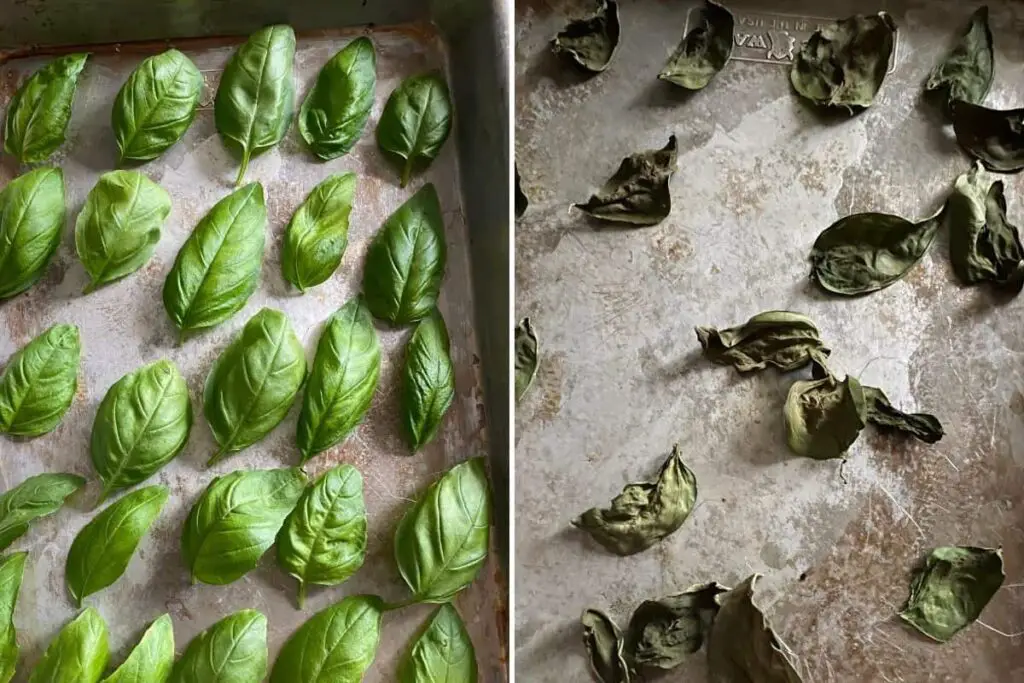
How To Prepare Basil Leaves For Drying
Drying basil leaves is a wonderful way to preserve their flavor for future use. Before you start drying, preparing the basil leaves properly is essential.
This preparation ensures that the dried leaves retain their aroma and taste.
Let’s dive into the steps for preparing basil leaves for drying.
Washing And Drying The Leaves

Start by thoroughly washing the basil leaves. This step removes dirt, pesticides, and any other contaminants.
Follow these steps to wash the leaves properly:
- Fill a large bowl with cold water.
- Submerge the basil leaves in the water and gently swish them around.
- Let the leaves sit for a few minutes, allowing dirt to settle at the bottom.
- Carefully lift the leaves out of the water and place them on a clean kitchen towel.
After washing, it’s crucial to dry the leaves completely. Any moisture left on the leaves can cause mold during the drying process.
Use these methods to dry the leaves:
- Pat the leaves dry with a paper towel or clean cloth.
- Lay the leaves in a single layer on a dry towel and let them air dry.
- For quicker drying, use a salad spinner to remove excess water.
Ensure the leaves are completely dry before moving to the next step.
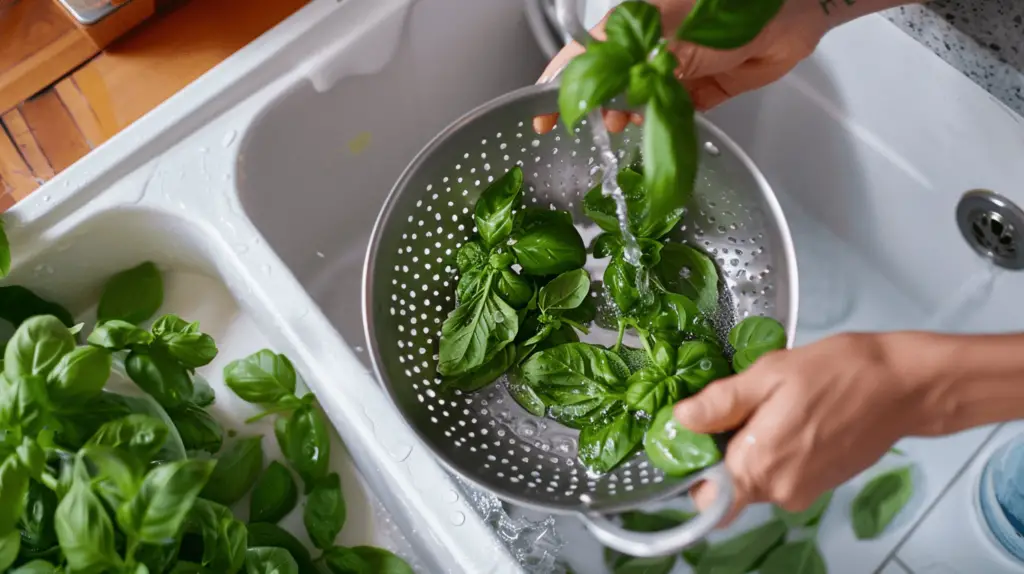
Removing Stems And Unwanted Parts
Once the leaves are clean and dry, the next step is removing stems and unwanted parts. These parts can affect the dried basil’s drying process and flavor.
Here’s how to do it:
- Hold the basil stem in one hand and gently pull the leaves off with the other hand.
- Discard the stems, as they are often too tough and fibrous.
- Inspect each leaf for any spots or damaged areas and remove them.
Removing stems is crucial because:
- Stems can harbor moisture: They may not dry as quickly as leaves.
- Stems may affect flavor: They can impart a bitter taste.
Make sure you only keep the healthiest, freshest leaves for drying.
Cutting The Leaves Into Small Pieces

Cutting the basil leaves into small pieces can help them dry faster and more evenly. Follow these steps to cut the leaves:
- Place a few basil leaves on a cutting board.
- Use a sharp knife to chop the leaves into small, uniform pieces.
- Avoid crushing or bruising the leaves, as this can release their essential oils prematurely.
Why cut the leaves?
- Faster drying: Smaller pieces dry more quickly.
- Even drying: Uniform pieces ensure consistent drying.
- Easy storage: Smaller pieces are easier to store and use later.
Ensure that all pieces are similar in size for optimal drying results.
Benefits Of Drying Basil Leaves
Drying basil leaves offers several advantages.
Here are some key benefits:
- Longer Shelf Life: Dried basil can last for months, while fresh basil wilts quickly.
- Convenience: Dried basil is always ready to use, saving time in meal prep.
- Flavor Retention: Properly dried basil retains much of its flavor and aroma.
- Space-Saving: Dried basil takes up less space than fresh leaves.
- Cost-Effective: Drying basil prevents waste and saves money.
Many home cooks and gardeners prefer dried basil for these reasons. It’s a simple process that yields great results.
How Drying Basil Leaves Helps In Preserving Them
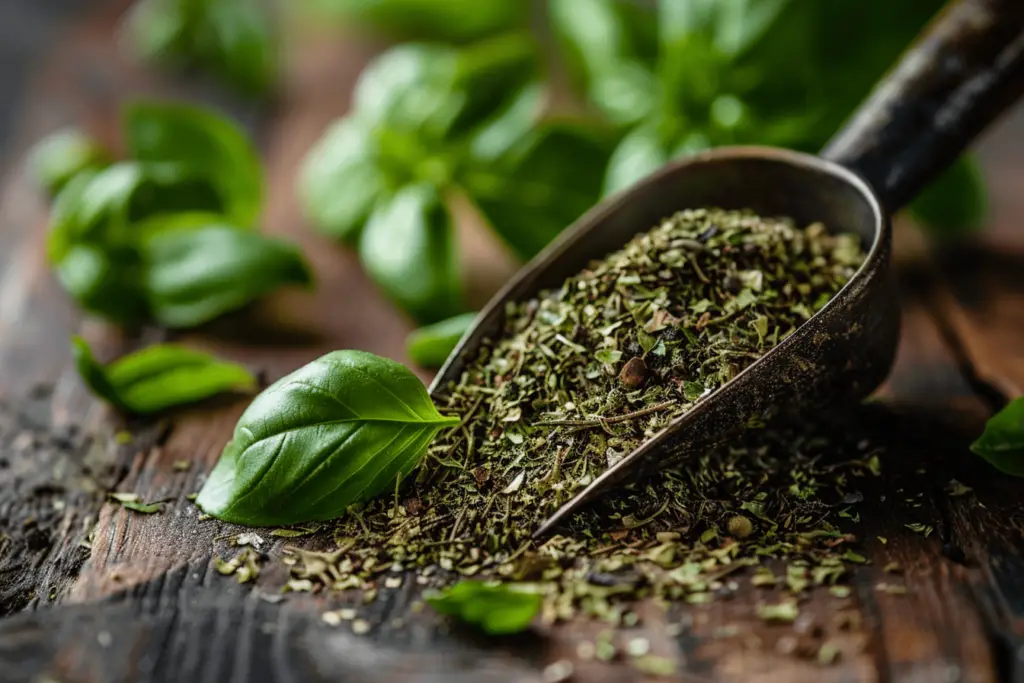
Drying basil leaves is a reliable method for preservation. This process removes moisture, which helps in preventing spoilage.
Here are some ways drying helps:
- Prevents Mold: Moisture in fresh basil can lead to mold growth. Drying eliminates this risk.
- Reduces Waste: Drying excess basil means you won’t discard unused leaves.
- Maintains Potency: Dried basil maintains its flavor and aroma longer than fresh.
- Easy Storage: Dried basil can be stored in jars, taking up less space.
Here’s a simple comparison:
| Fresh Basil | Dried Basil |
|---|---|
| Short shelf life | Long shelf life |
| Requires refrigeration | Room temperature storage |
| Prone to mold | Less prone to mold |
Drying basil leaves is a smart way to enjoy this herb all year round.
Using Dried Basil Leaves
Drying basil leaves is a great way to preserve their flavor and aroma for year-round use. Once dried, basil leaves become a versatile ingredient in the kitchen.
Dried basil leaves are incredibly useful, from adding a burst of flavor to your cooking to brewing a calming herbal tea.
Let’s explore how to make the most of your dried basil leaves.
How To Crush Dried Basil Leaves
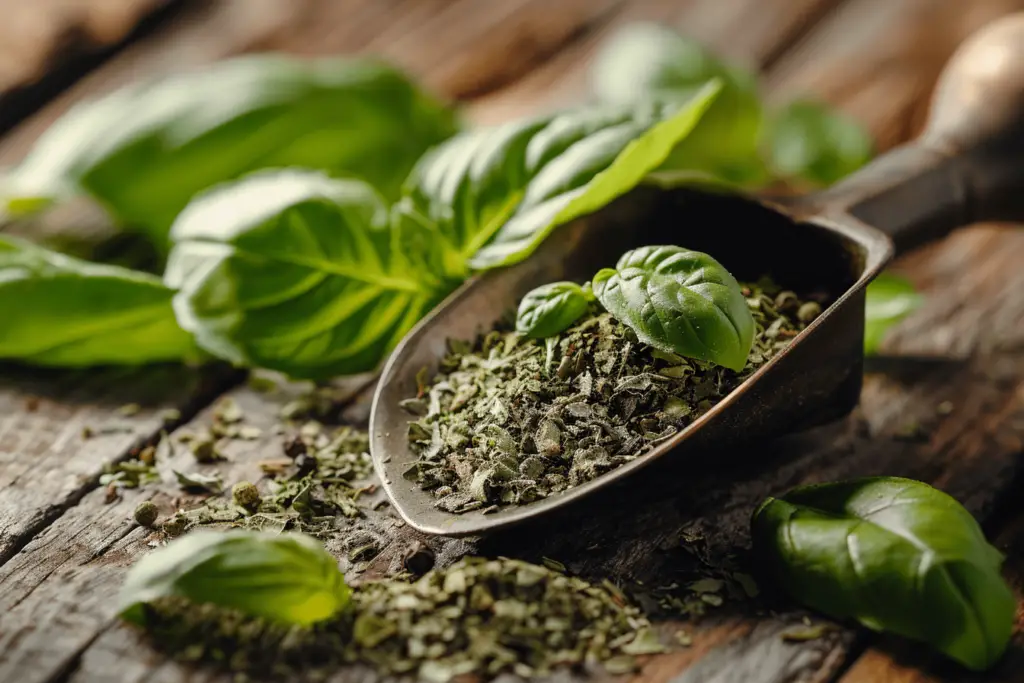
Crushing dried basil leaves helps release their essential oils, enhancing their flavor.
Follow these simple steps to crush dried basil leaves effectively:
- Gather the dried basil leaves: Ensure they are completely dry to prevent mold.
- Place the leaves in a plastic bag: This keeps the mess contained.
- Use a rolling pin: Gently roll over the bag to crush the leaves.
- Check the consistency: Crush until you achieve the desired texture.
Crushed basil leaves can be stored in an airtight container. Keep them away from heat and light to maintain their potency.
Here’s a quick comparison of different crushing methods:
| Method | Advantages | Disadvantages |
|---|---|---|
| Rolling Pin | Easy, Controlled | Time-Consuming |
| Mortar and Pestle | Traditional, Effective | Requires Effort |
| Food Processor | Quick, Efficient | May Over-Pulverize |
How To Use Dried Basil Leaves In Cooking
Dried basil leaves are a staple in many kitchens. They add flavor and aroma to various dishes.
Here are some ways to use dried basil in cooking:
- Soups and Stews: Add a teaspoon of dried basil to enhance the flavor.
- Pasta Sauces: Sprinkle dried basil into tomato sauces for a rich taste.
- Marinades: Use crushed dried basil in marinades for meat or vegetables.
- Salads: Mix dried basil with olive oil and vinegar for a tasty dressing.
Here’s a simple recipe to get you started:
Tomato Basil Soup
Ingredients:
- 4 cups of tomatoes
- 1 tsp dried basil leaves
- 1 cup vegetable broth
- 1 onion, chopped
- 2 cloves garlic, minced
- Salt and pepper to taste
Instructions:
1. Sauté onion and garlic until soft.
2. Add tomatoes and vegetable broth.
3. Stir in dried basil leaves.
4. Simmer for 20 minutes.
5. Blend until smooth.
6. Season with salt and pepper.
How To Use Dried Basil Leaves In Homemade Herbal Tea
Dried basil leaves make a delightful herbal tea. It’s easy to prepare and offers numerous health benefits. Follow these steps to brew a perfect cup of basil tea:
- Boil Water: Bring a cup of water to a boil.
- Add Dried Basil: Place one teaspoon of dried basil leaves in a teapot or infuser.
- Steep: Pour boiling water over the leaves and steep for 5-10 minutes.
- Strain and Serve: Remove the leaves and enjoy your tea.
Basil tea can be enjoyed hot or cold. It can be sweetened with honey or flavored with lemon.
Here are some benefits of basil tea:
- Digestive Health: Basil tea aids digestion and reduces bloating.
- Stress Relief: It has calming properties that help reduce stress.
- Respiratory Health: Basil tea can soothe a sore throat and alleviate cough.
Try experimenting with different combinations. For example, mix dried basil with mint or chamomile for a unique flavor.
When To Harvest Basil Leaves
Drying basil leaves is a great way to preserve their flavor for long-term use. Knowing when to harvest basil leaves is crucial for achieving the best results.
Harvesting basil at the right time ensures that the leaves are at their peak flavor and aroma.
This guide will help you understand the best time to harvest basil leaves and how to do it correctly.
The Best Time To Harvest Basil Leaves
The best time to harvest basil leaves is early in the morning. This is when the essential oils in the leaves are most concentrated.
Here are some key points to consider:
- Morning Harvest: Pick the leaves after the dew has dried but before the sun gets too hot.
- Before Flowering: Harvest the leaves before the basil plant flowers. Once the plant flowers, the leaves can become bitter.
- Regular Harvesting: Harvest leaves regularly to encourage new growth. This helps keep the plant healthy and productive.
Here’s a table to summarize the best times to harvest basil leaves:
| Time of Day | Reason |
|---|---|
| Early Morning | Essential oils are most concentrated. |
| Before Flowering | Leaves have the best flavor. |
| Regularly | Encourages new growth. |
Following these tips ensures that your basil leaves are harvested optimally for maximum flavor and aroma.
How To Harvest Basil Leaves Correctly
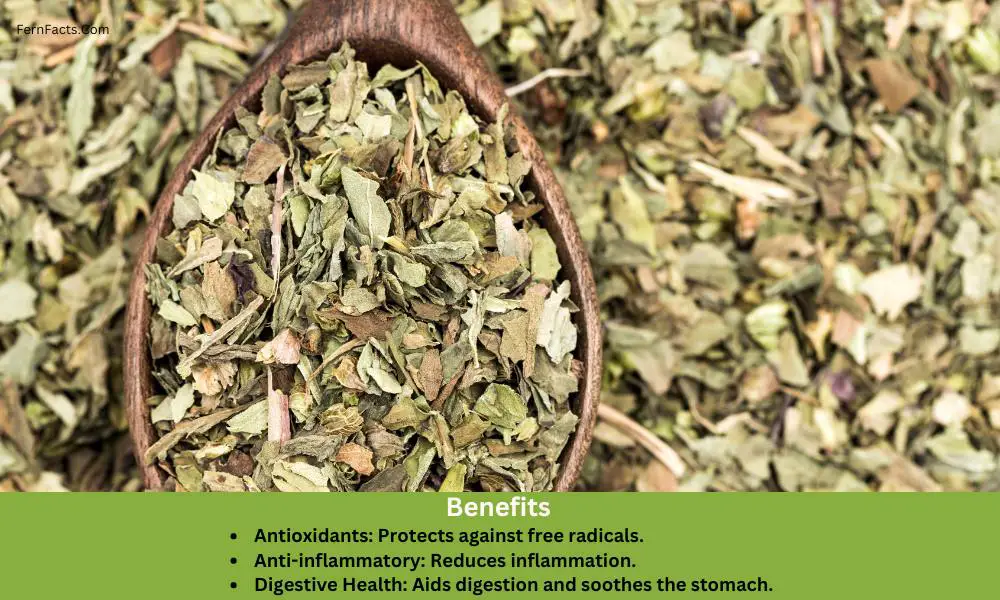
Harvesting basil leaves correctly is just as important as knowing when to harvest them.
Follow these steps to ensure you get the best from your basil plants:
- Use Sharp Scissors: Always use sharp scissors or pruning shears to cut the leaves. This prevents damage to the plant.
- Cut Above a Leaf Node: Cut the stem just above a leaf node (the point where leaves join the stem). This encourages the plant to grow two new stems from that node.
- Harvest the Top Leaves: Always start by harvesting the top leaves first. This helps promote bushier growth.
- Leave Some Leaves: Avoid harvesting more than one-third of the plant at a time. Leaving some leaves ensures the plant can continue photosynthesizing and stay healthy.
Here’s a quick guide:
- Sharp Tools: Prevents plant damage.
- Above Leaf Node: Encourages new growth.
- Top Leaves First: Promotes bushier growth.
- Don’t Overharvest: Keeps the plant healthy.
By following these steps, you can ensure a healthy basil plant that provides flavorful leaves throughout the growing season.
Storing Dried Basil Leaves
Drying basil leaves is a fantastic way to preserve their flavor for use throughout the year. Knowing how to store dried basil leaves is crucial whether you’re a seasoned chef or a home cook.
Proper storage ensures that the dried basil retains its robust flavor and aromatic qualities.
Let’s explore the best ways to store dried basil leaves, the best containers for storage, and how long they will last.
How To Store Dried Basil Leaves
Storing dried basil leaves properly is key to maintaining their flavor and aroma.
Follow these simple steps to ensure your dried basil stays fresh:
- Cool and Dark Place: Store your dried basil in a cool, dark place away from direct sunlight. Light and heat can degrade the quality of dried herbs.
- Airtight Containers: Use airtight containers to prevent moisture and air from getting in. This keeps the basil dry and preserves its flavor.
- Label and Date: Always label your containers with the date of storage. This helps you keep track of how long the basil has been stored.
For added convenience, you might consider using small containers with just enough basil for a few uses.
This minimizes the frequency of opening and closing larger containers, which can introduce moisture.
The Best Containers For Storing Dried Basil Leaves
Choosing the right containers is essential for keeping your dried basil fresh. Here are some of the best options:
| Container Type | Benefits |
|---|---|
| Glass Jars | Glass jars are non-reactive and airtight. They preserve the flavor and aroma well. |
| Metal Tins | Metal tins provide excellent protection from light and are usually airtight. |
| Plastic Containers | Plastic containers are lightweight and often come with tight-sealing lids. |
| Vacuum-Sealed Bags | These bags remove air completely, extending the shelf life of dried basil. |
Avoid using paper or cardboard containers as they do not provide an airtight seal and can allow moisture to seep in, deleting your dried basil’s quality.
The Shelf Life Of Dried Basil Leaves
Knowing the shelf life of dried basil helps you use it while it’s still fresh and flavorful:
- Optimal Freshness: Dried basil is best used within 6 months to 1 year for maximum flavor and potency.
- Extended Shelf Life: If stored properly in airtight containers away from light and heat, dried basil can last up to 2 years.
- Check for Quality: Always check for any signs of mold, moisture, or loss of aroma. These indicate that the basil has lost its quality.
Regularly refreshing your stock ensures you always use the best quality dried basil in your recipes. Keeping track of the storage date also helps you manage your spice inventory effectively.
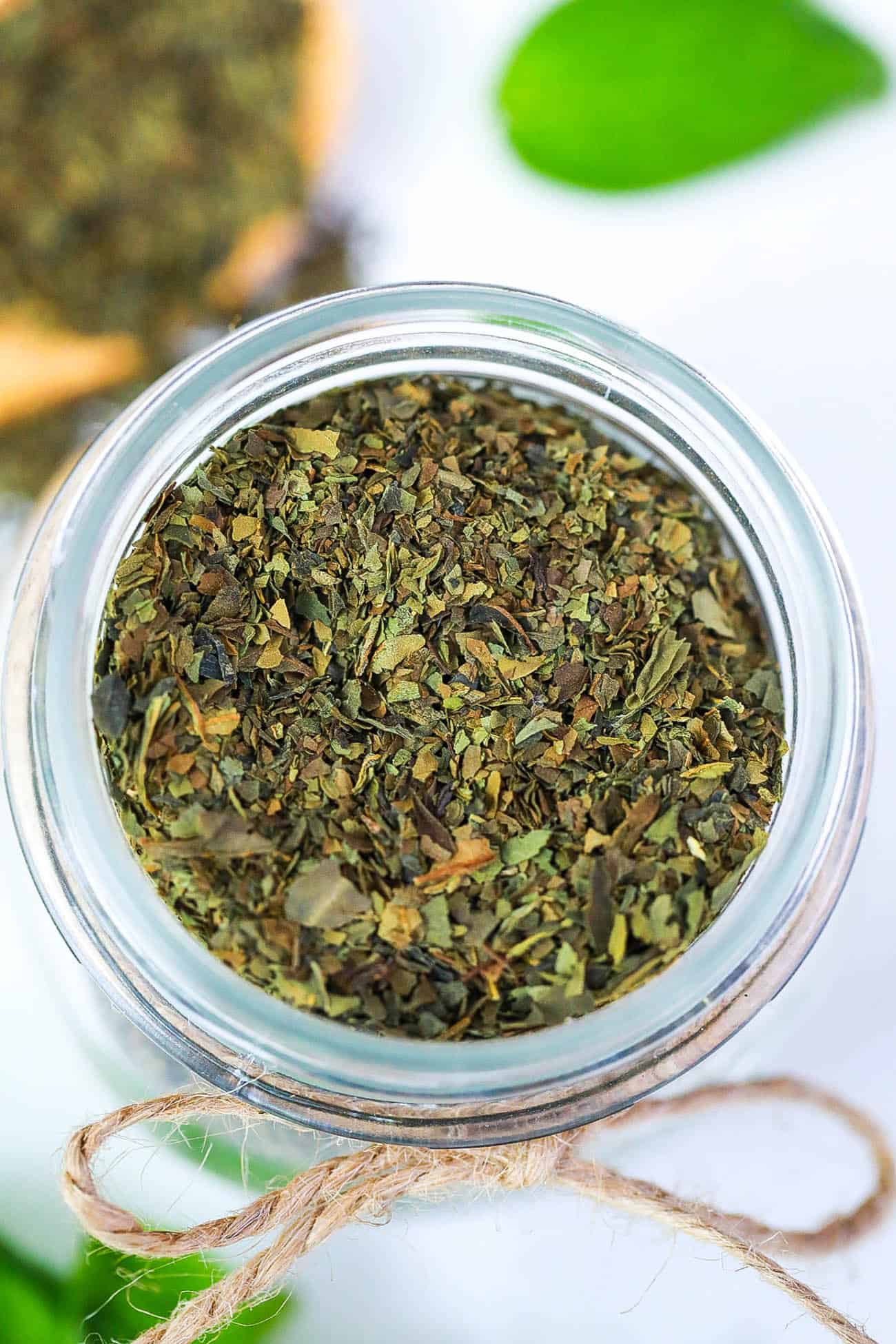
Frequently Asked Questions
What Is The Best Way To Dry Basil?
The best way to dry basil is to hang it in small bunches in a cool, dark place. This method preserves its flavor and color.
Ensure good air circulation to prevent mold.
Is It Better To Dry Or Freeze Basil?
Freezing basil preserves its flavor better than drying. Drying can cause a loss of essential oils and taste. For best results, freeze basil in ice cube trays with water or oil.
What Are Three Ways To Preserve Basil?
Freeze basil in olive oil cubes. Dry basil leaves and store them in airtight containers. Make basil pesto and refrigerate.
How Do You Dehydrate And Store Fresh Basil?
To dehydrate basil, wash and dry the leaves. Spread them on a baking sheet. Bake at 170°F for 1-2 hours. Store dried basil in an airtight container away from light and heat.
Conclusion
Drying basil leaves is simple and rewarding. Follow the steps outlined to preserve their flavor. Enjoy fresh, aromatic basil in your dishes year-round.
Proper drying methods ensure the best taste and texture. Start drying your basil today and elevate your culinary creations.
Happy cooking with your homemade dried basil!

